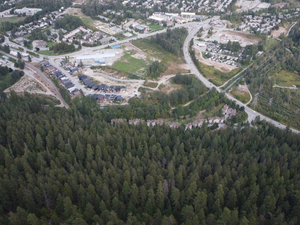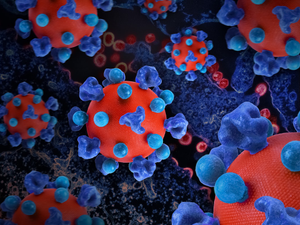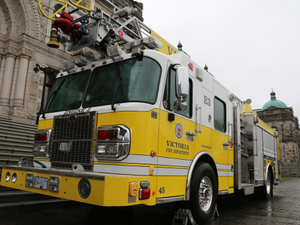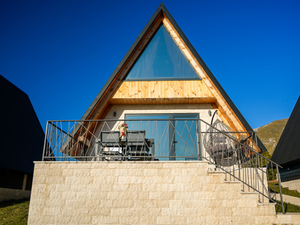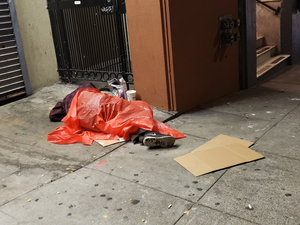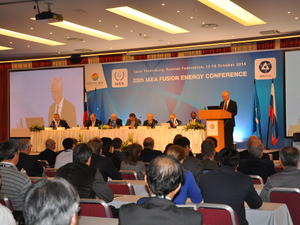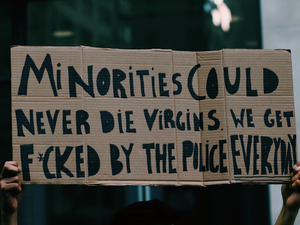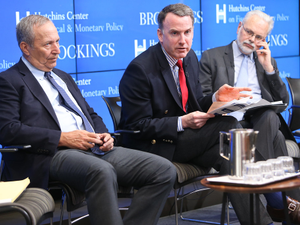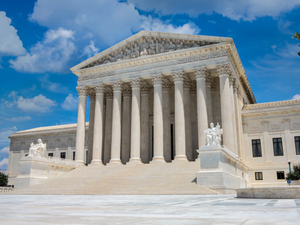California Prisons Are Cooking Inmates: The Brutal Reality of Heat and Incarceration
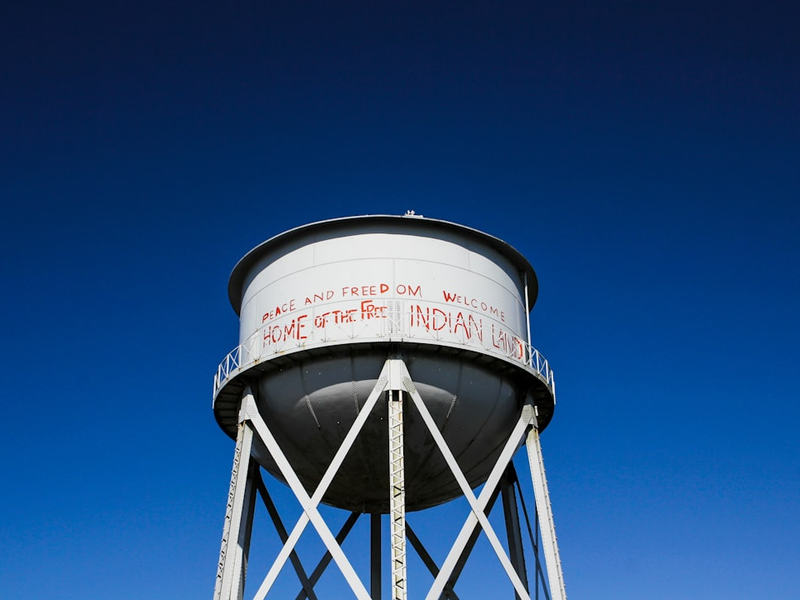
Photo by Arnaud STECKLE on Unsplash
In the scorching California summer, prisoners are facing a life-threatening crisis that most of us can’t even imagine. As temperatures continue to rise, inmates are trapped in concrete cells that become unbearable ovens, with little to no relief from the extreme heat.
The state’s prison system is finally acknowledging the problem with a limited $38 million pilot program to test cooling systems in just three of its 31 prisons. But this barely scratches the surface of a systemic issue that puts thousands of lives at risk.
With temperatures inside prison cells reaching a blistering 95 degrees, inmates have few options to escape the heat. Personal fans cost nearly a month’s prison wages, and existing cooling systems like swamp coolers provide minimal relief. The human cost is staggering: last year, 182 days saw at least one California prison experiencing temperatures over 90 degrees.
The tragic death of Adrienne Boulware at the Central California Women’s Facility highlights the urgent need for action. Boulware, who was on heat-sensitive medication, collapsed during a brutal heat wave, with her family believing her death was preventable.
Advocates are pushing for comprehensive solutions, including statewide air conditioning. However, the California Department of Corrections estimates the cost at potentially $20 billion, creating a significant barrier to implementation. Meanwhile, the current heat protocol relies on manual temperature logging and staff monitoring, which has been inconsistently implemented.
As climate change intensifies, this isn’t just a prison problem – it’s a humanitarian crisis. The courts are increasingly recognizing heat as a serious medical issue, with federal judges expressing growing concern about the constitutional implications of these dangerous conditions.
Until comprehensive changes are made, thousands of incarcerated individuals will continue to suffer in unimaginable heat, their basic human dignity and safety compromised by a system that seems more concerned with cost than life.
AUTHOR: pw
SOURCE: CalMatters




